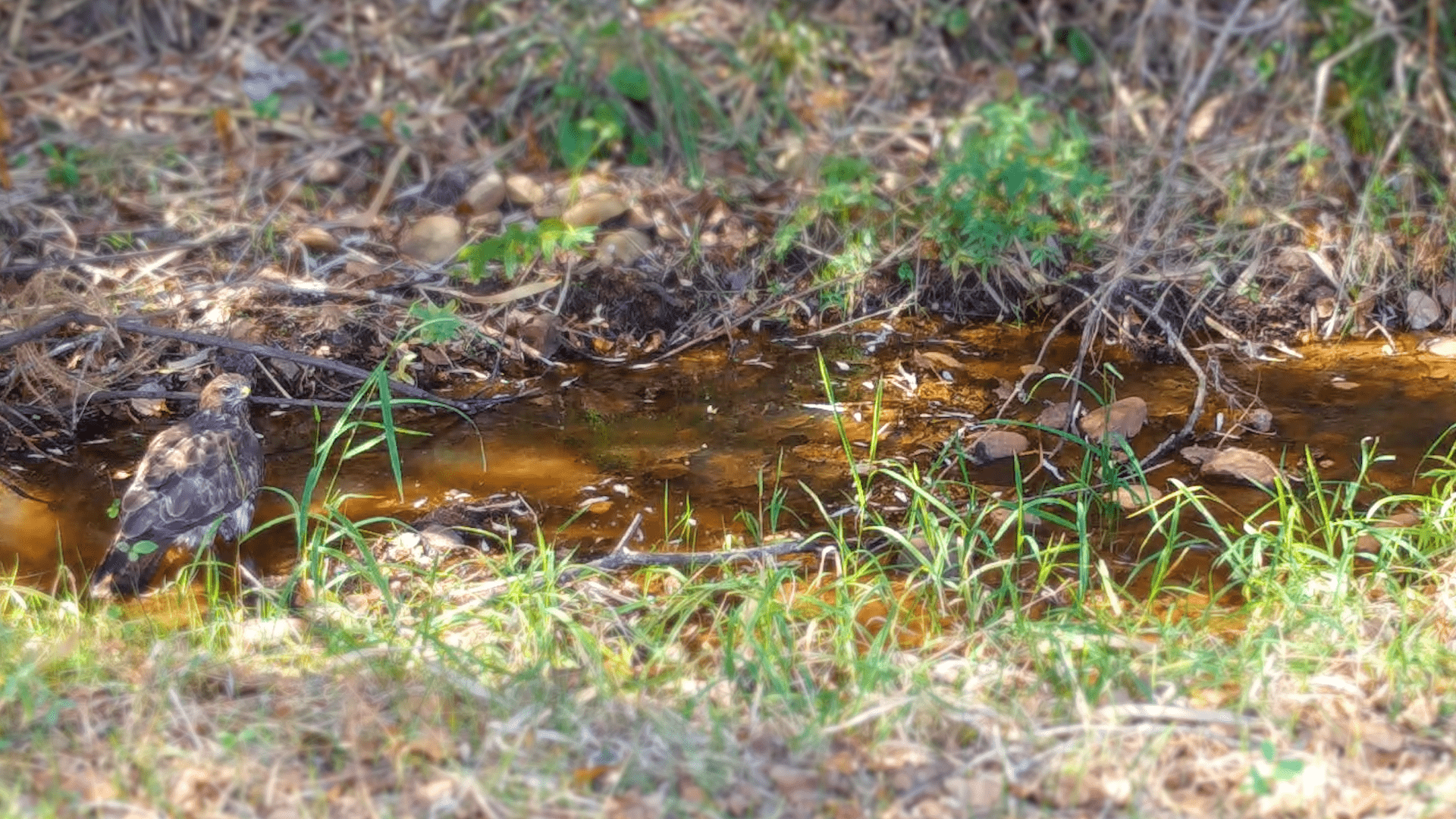It is the most common bird of prey in Portugal and is easily observed on top of posts, fences, and other high places, from which it scans the landscape in search of prey. The common buzzard dominates the skies like no other, whether whilst hunting or courting females.
The common buzzard (Buteo buteo) is a medium-sized bird of prey and is very abundant in Portugal. It is a bird that lives in diverse habitats, but always on the edge of either coniferous or hardwood woodland and open areas, such as pastureland, crop fields, marshland, wetlands, and even mountainous regions.
It resides in Portugal, i.e. it reproduces and is present throughout the year, and is widely distributed across mainland Portugal and the archipelagos of Madeira and the Azores. During winter, the population of this species may increase with the arrival of specimens from northern Europe.
It is a diurnal bird of prey that can be identified through its compact silhouette, broad wing span, and short, broad neck. It is sometimes smaller than a raven (Corvus corax). The plumage is normally dark (mainly brown), but has light spots on the tail and chest (where it forms a collar-like pattern) that can be identified in flight.
It is a monogamous species that nests only once a year, in the crown of tall trees such as the maritime pine (Pinus pinaster), eucalyptus (Eucalyptus globulus), and oak trees (Quercus spp.) like the cork oak (Quercus suber) and holm oak (Quercus rotundifolia), but also in cliffs. It may occupy the same nest from year to year, bolstering it when needed, but it is not always faithful to the same tree, and will often change to another nesting site. During the breeding season (from March to July), the males gather materials to build their nests and show off their mastery of the skies to the females by performing dives and aerial acrobatics. These materials include twigs, branches, some grasses, and bushes.
Females lay an average of two to three eggs, which are white with brown spots. After hatching, the chicks are fed by both parents until they become independent, which can take up to three months.
As for feeding, the common buzzard prefers small mammals, animal remains, but also small birds, reptiles, amphibians, and also insects and worms. They usually seek high places, such as telephone poles, to locate their prey in fields and lowlands, but can also sometimes be seen gliding or even actively “hovering” during their hunts. Because of its preference for panoramic views, the buzzard eagle is an easily sighted species.
It is an abundant bird in Europe, which has seen its population increase in recent years, so its conservation status is Least Concern (LC) (according to the IUCN Red List). As it occurs over such a wide distribution area, this species has several recognised subspecies, including one that is only present in the Azores archipelago (Buteo buteo rothschildi). In Portugal, the subspecies present is buteo.





